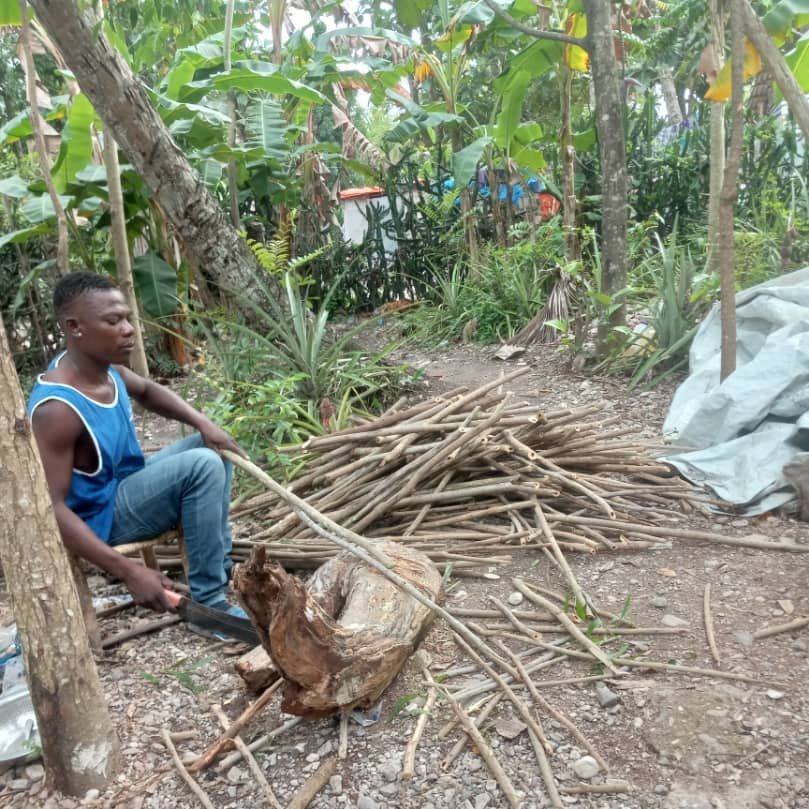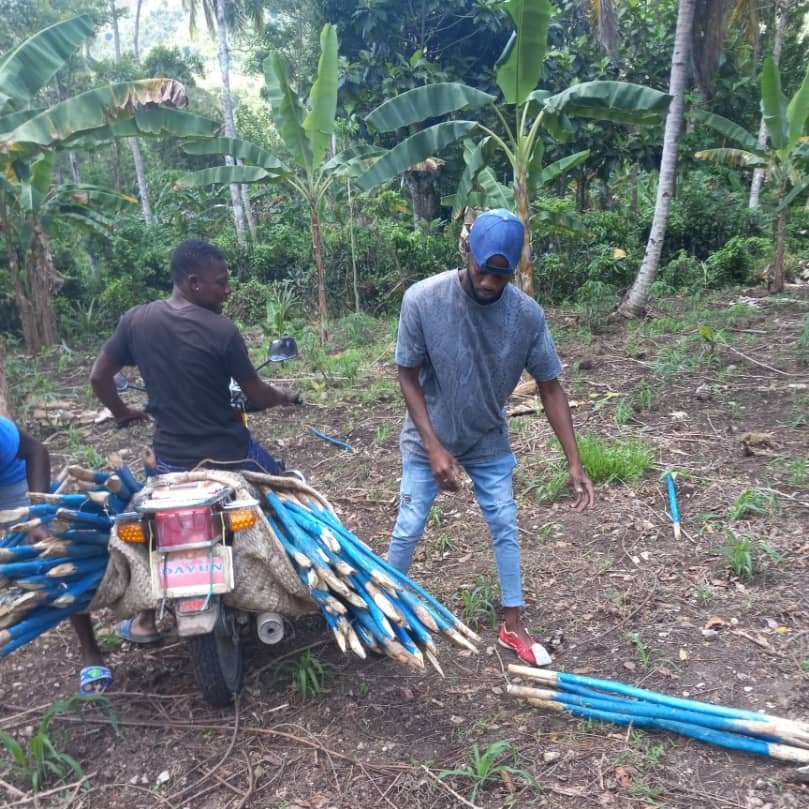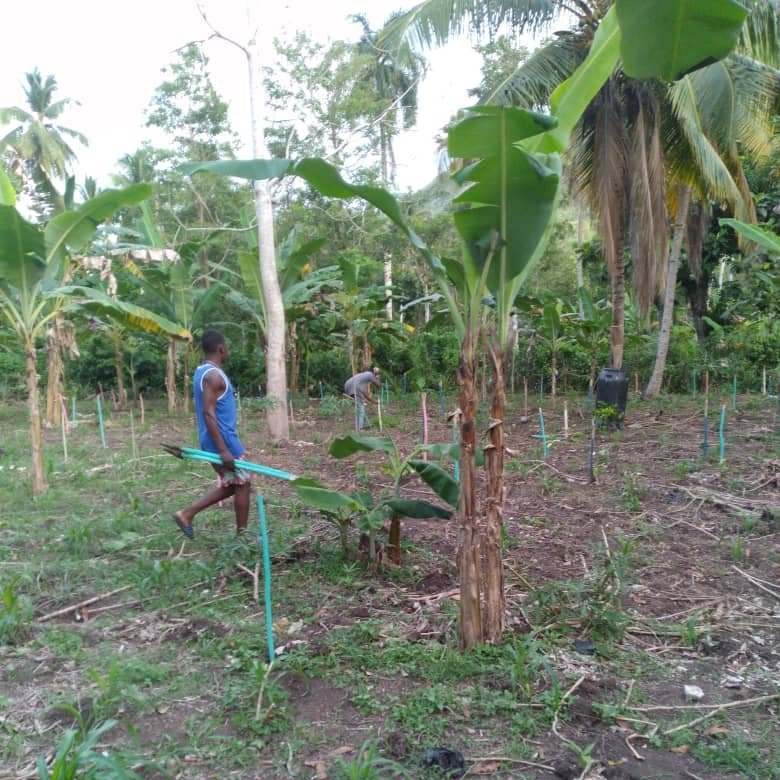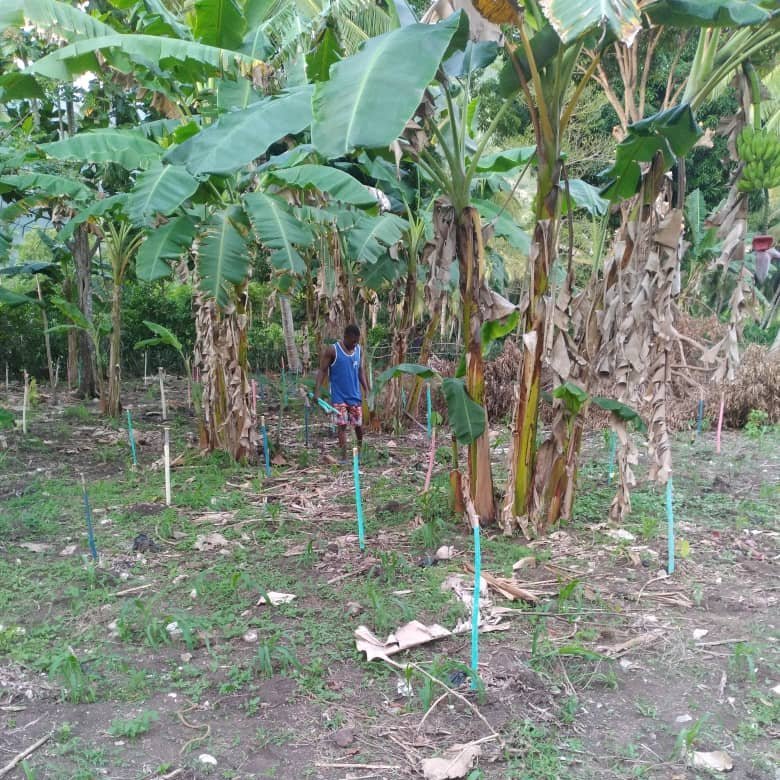On May 2 and 3 we gave out trees and konparets to schools Ecole Mixte Frere Bobo de la Hatte, and Ecole Ket Colombier. It's been hard trying to find the perfect material to keep them sanitary, so we wrapped them in paper. This is our easiest option for avoiding environmental waste, and not adding plastic waste into the environment, especially since there aren’t any landfills. We’re always open to more suggestions and ideas? Maybe a compostable paper?
Thanks to Trees that Feed Foundation for providing the funds we needed to produce and distribute konparets to over 750 students and adults along with cacao and cashew trees. Our local Doctor Yvra Oreste and volunteer THTP motivator spoke to the children and parents about the importance of agroforestry in maintaining year-round nutrition.
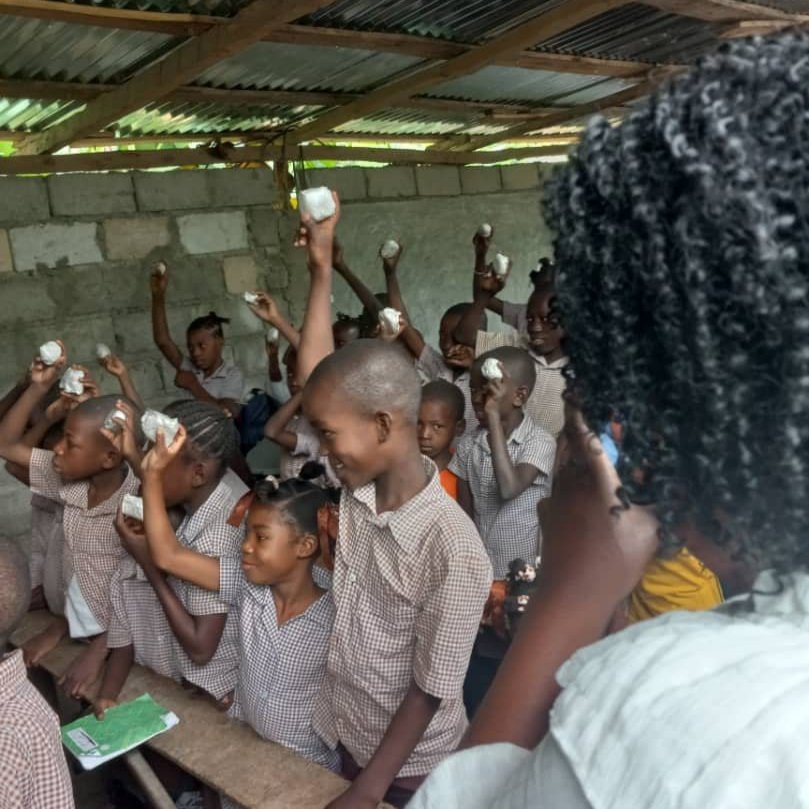

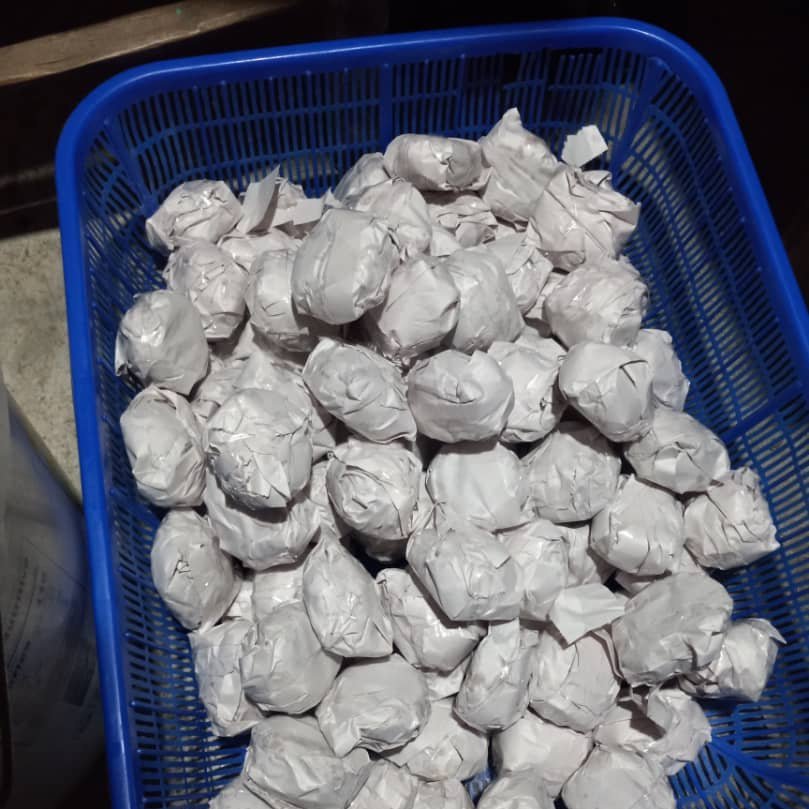

Our motorcycle is doing well and working hard. We’re working hard to regularly distribue trees to schools this week.
